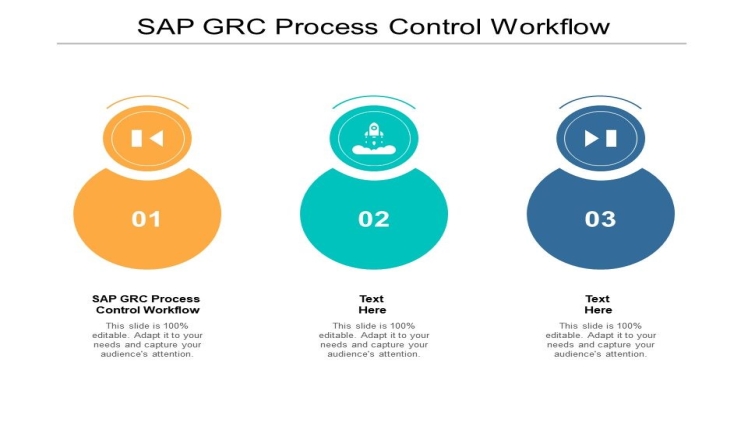SAP process controls generally help protect businesses with control & compliance monitoring to improve the effectiveness of the internal control procedures using SAP and non-SAP systems. This SAP control tightly aligns with risk prevention and efficiency needs which gives the possibility of the continuous monitoring.
Built-in repositories help manage various policies and procedures as well as manage legal regulations applicable to the business’s needs. This further allows companies to link the internal controls and policies with the ongoing business risks and activities. The built-in workflow framework helps send automated notifications to various stakeholders that are involved in the process of remediation, assessment, and control approving.
What is SAP GRC and What are Access and Process Controls?
An automated SAP GRC (governance, risk, and compliance) offer controls which help limit access and help protect corporations. In SAP systems, controls help manage the internal security framework, remediate the compliance issues, and actively monitor the potential business risks. This is very important when users have a lot of access within the system since they may intentionally or unintentionally damage the company or break its compliance.
Whether there is intentional misuse (stealing money/goods) or an unintentional misuse (making mistakes in data input and bypassing the quality control safeguards), it is very important to have the right tools to make sure these things are prevented from happening. Simply by documenting access, transactions, etc., GRC software can address quality, compliance, fraud, and other internal safety concerns.
SAP controls focus on what users can and can’t do within the software. For example, it may allow managers to check medical records of an employee, but the SAP GRC control also detects the potential HIPAA violation as well and creates an alert.
SAP GRC control and compliance:
SAP GRC controls are a dedicated solution for supporting compliance:
- They offer continuous insight into the status of the controls and helps meet various requirements of GDPR
- They perform exception-based and automated monitoring of sensitive data in the ERP systems
- They control policies and documents centrally and it maps out key rules and their impact on the organization
- They conduct risk assessments, determine scope, and test strategies
- They monitor thresholds of important indicators and the effectiveness of corresponding risk responses
Having SAP GRC controls make organizations aware of various strategic alignment, decision-making processes, and predictable performance, like:
- Higher visibility in the impact of the risk against performance
- Decreased risk and helps control management goals
- Higher strategic effectiveness by automated monitoring
In the SAP GRC control software, 10.0 evaluation activities are be overseen by and notifications. Based on evaluation schedules, the users can be notified automatically through the workflow tasks.
Segregation of Duties (SOD) controls and SOD Reports are also accessible. By leveraging the AC in the SAP controls it automates reporting and raises any issues if it finds as well as any exceptions in business rule criteria. Adding exceptions will help with detection of issues.
Final Words
Companies should always comply with regulations since non-compliance can result in penalties. SAP controls helps companies remain compliant by using internal controls. SAP GRC Access Controls allow different frameworks to be used in a single application. SAP controls allow the most regulated industries, and the most complex organizations comply more easily.

